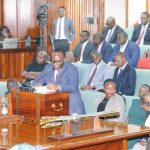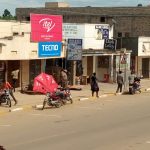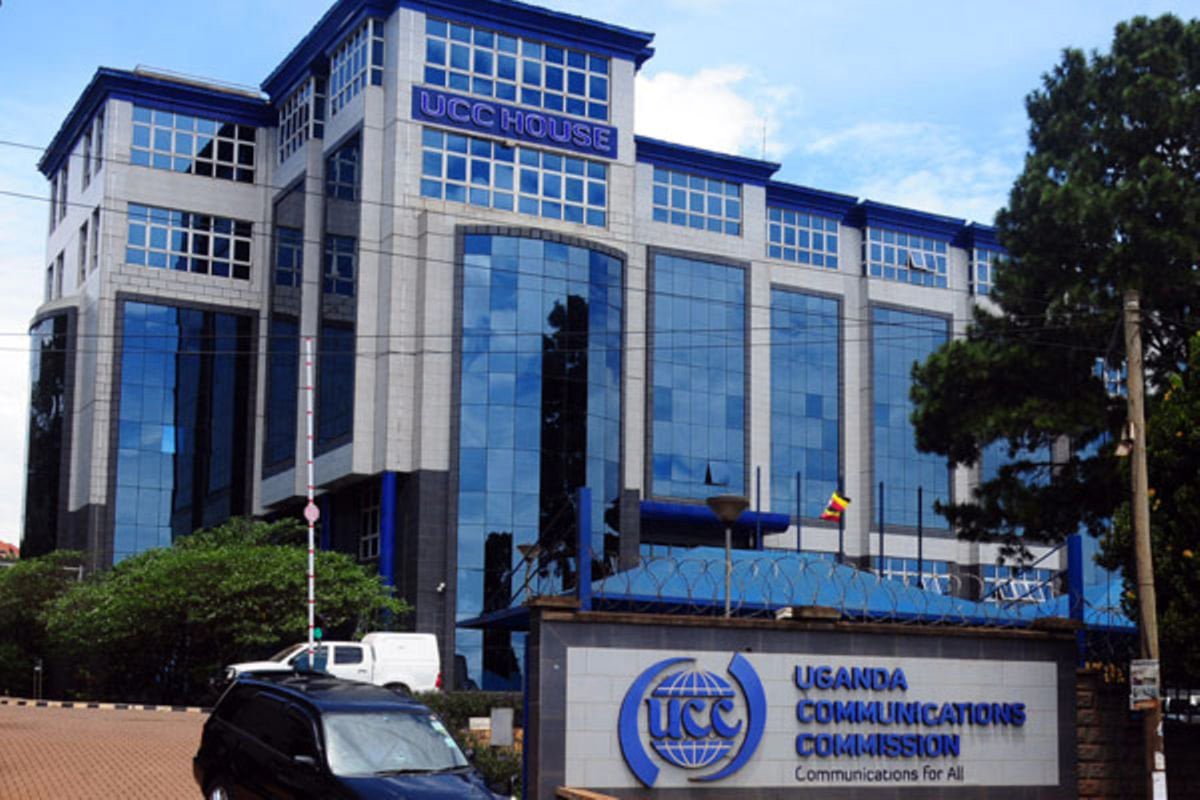Regional Media Regulatory Platform Launched to Harmonize Media Standards and Promote Independent Media
In a significant development, the East Africa Press Council Board members paid a courtesy visit to the East African Community (EAC) Secretary General in Arusha, Tanzania, marking the inauguration of a regional media regulatory platform with the mission to standardize media practices and ensure the independence of media outlets within the East African Community.
Named the East Africa Press Councils (EAPC), this platform serves as an overarching body that unites media regulatory authorities from the EAC Partner States. The primary objective of the EAPC, which draws its membership from the media and press councils across the East African region, is to advocate for and safeguard free, independent, professional, and accountable media across East Africa.
EAC Secretary General Peter Mathuki, in a speech delivered on his behalf by Dr. Irene Isaka, Director of Social Sectors at the EAC Secretariat, expressed optimism about the establishment of the EAPC. He believes it will pave the way for a more independent and vibrant media landscape, ultimately bolstering democracy, social justice, and human rights throughout the entire EAC region, which now stretches from the East to the West Coast of Africa.
Dr. Mathuki emphasized the pivotal role that independent and professional journalism plays in upholding democratic values and protecting freedom of expression. He stated that without robust journalism, society, particularly vulnerable groups such as women and youth, would be deprived of essential information needed to hold leaders accountable and claim their rightful entitlements.
Media regulation, according to Dr. Mathuki, should facilitate effective and accountable media in the service of the public interest rather than suffocate it with excessive control and regulation. He underlined the importance of media regulators coming together to champion the cause of accountable and independent media.
Dr. Mathuki further highlighted the necessity of media in the integration process of East Africa, emphasizing that the media should simplify the message of integration for ordinary citizens. He advocated for media training on EAC integration to enhance their understanding of the process, enabling them to report more objectively and accurately.
Mohbare Matinyi, Tanzania’s Director of Information Services and Government Spokesman, urged the media to leverage new technologies to inform the public about cultural, political, and economic matters. He cautioned against the misuse of digital media for personal gain and expressed hope that the EAPC would serve as a platform for sharing experiences, discussing regulatory issues, and advising governments and media outlets on achieving a free, independent, professional, ethical, accountable, patriotic, and responsible media.
Kajubi Mukajanga, Chairperson of the EAPC and Executive Director of the Media Council of Tanzania, emphasized the EAPC’s commitment to strengthening and promoting independent media regulatory bodies in East Africa. This effort aims to raise awareness and endorse the concept of self-regulation through Press/Media Councils, thereby holding the media accountable and promoting media diversity.
David Omwoyo, the EAPC Secretary and Chief Executive Officer of the Media Council of Kenya, stressed the importance of having uniform media standards throughout the EAC region to ensure the media industry’s growth and its effective watchdog role. Divergent regulatory standards across the Partner States pose challenges to this goal.
Emmanuel Mugisha, EAPC Treasurer and Executive Secretary of the Rwanda Media Commission, disclosed that Rwanda utilizes media literacy to prepare the youth and the public to use the media, especially social media, responsibly. Rwanda also seeks to empower the media to play a more substantial role in informing and educating the public for personal growth and sustainable development. Additionally, Rwanda encourages its media to promote Pan-African stories to counter the negative image of Africa portrayed by Western media.




















